An adaptable, commonly used polymer, LDPE, or low-density polyethylene is used for a range of everyday, household items, as well as commercial and industrial applications. In production since the 1930s, LDPE possesses many practical properties and has remained a popular and in-demand polymer.
Looking for information on recycling services for LDPE film? Take a look at our dedicated solutions on our LDPE Film page.
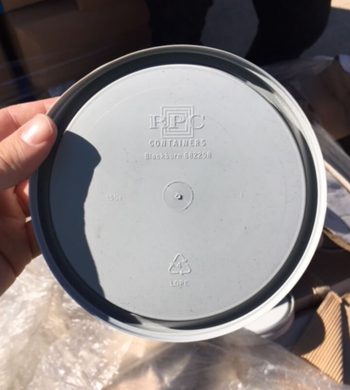
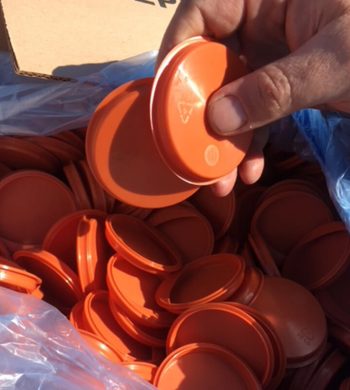
LDPE Caps & Lids
Caps & Closures industry
Lids from the food industry. Clean, Production scrap only
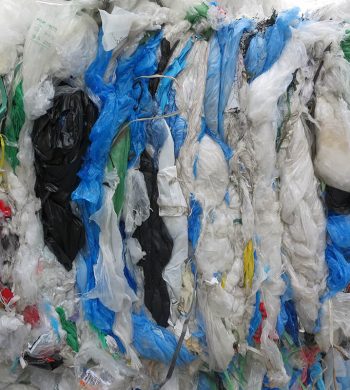
LDPE Film 80/20
Low Density Polethylene (or Polythene) from Retail & Distribution
80% Natural & 20% Colour. LLDPE stretch wrap included
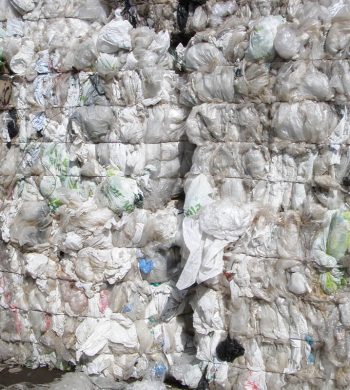
LDPE Film 95/5
Low Density Polethylene (or Polythene) from Retail, Distribution & Manufacturing
95% Natural & 5% Colour. LLDPE stretch wrap included
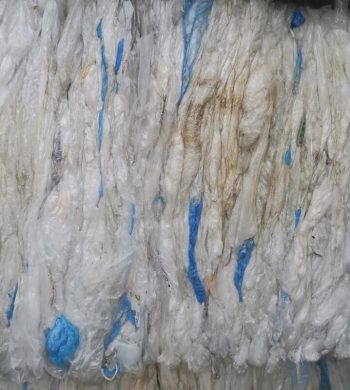
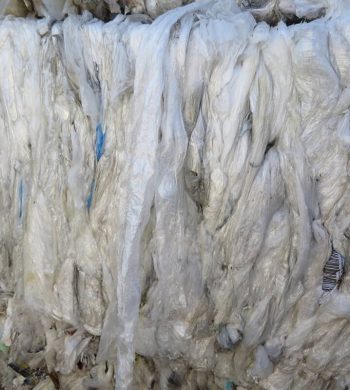
LDPE Film 98/2
Low Density Polethylene (or Polythene) from Retail, Distribution & Manufacturing
98% Natural & 2% Colour. LLDPE stretch wrap included
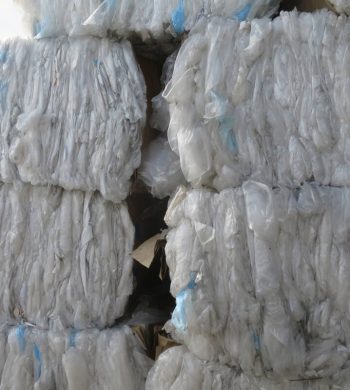
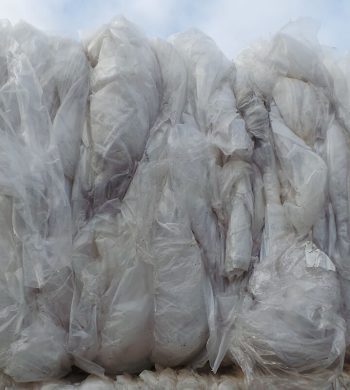
LDPE Film 99/1
Low Density Polethylene (or Polythene) from Retail, Distribution & Manufacturing
99% Natural & 1% Colour. Plastic Pallet Hoods and Stretch Wrap can be separated
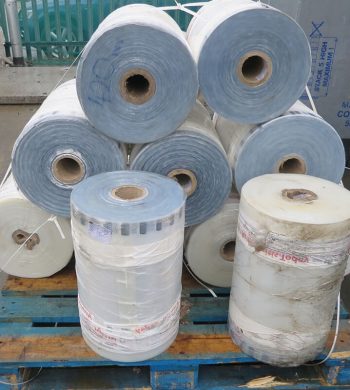
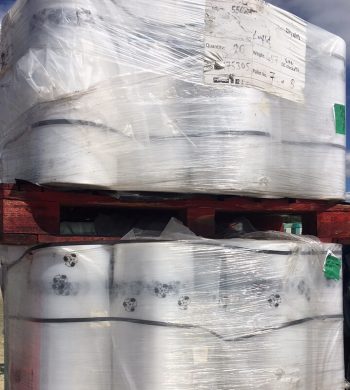
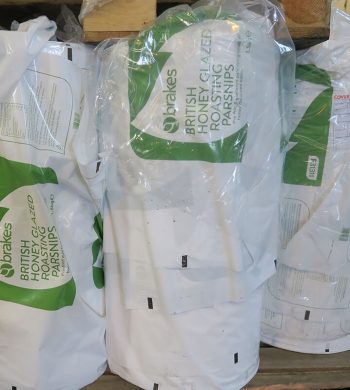
LDPE Film Colour & Printed Rolls
From Film Extrusion, Film Blowing, Printing or Packaging Industry
On Rolls or Reels, Boxes and Bales
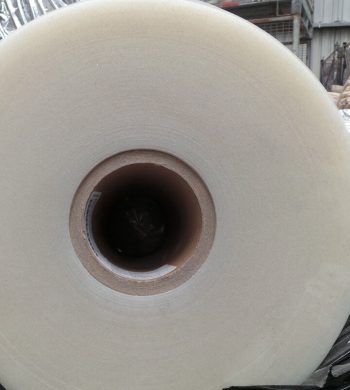
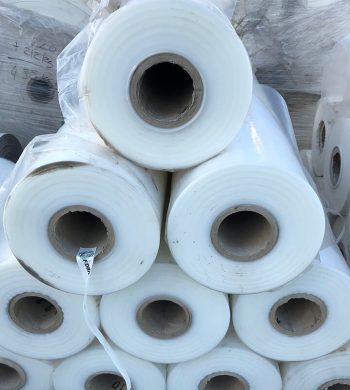
LDPE Film Natural Rolls
Low Density Polethylene (or Polythene) from Retail, Distribution & Manufacturing
100% Natural. Plastic Pallet Hoods and Stretch Wrap can be separated
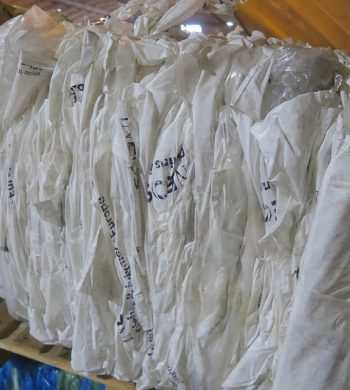
LDPE Film Resin Bags
Collected from Plastic Manufacturers.
Contained virgin plastics, prime plastics, masterbatch or additives
LDPE stands for low-density polyethylene. A thermoplastic synthesised from the monomer ethylene, LDPE’s branched molecular structure means that it is flexible and tough, as well as being resistant to high temperatures up to 80c for prolonged periods of time. It is also resistant to moisture, and a range of chemicals such as acids, alcohols, bases, esters, aldehydes, ketones and vegetable oils.
LDPE was first produced in 1933 by British chemical company, Imperial Chemical Industries, who were known for producing speciality polymers. LDPE was the first grade of ethylene to be produced, followed by MDPE, also in the 1930s, HDPE in 1953 and LLDPE in 1959.
Low-density polyethylene can be found in various forms including film, sheet, extrusion coatings and injection moulding.
In 2018, the global market for LDPE was valued at more than £25 billion. This is expected to grow to almost £32 billion by 2024.
LDPE lends itself to a wide variety of applications, many are integral to our everyday lives. One of the most common uses is plastic shopping bags.
Its flexibility, toughness and low weight are key driving factors for its sustained demand since its inception.
LDPE is commonly found to be transparent or white, and is used to package bakery goods, as well as caps, protective packaging, shrink wrap and general-purpose containers such as ‘squeeze bottles’. The increase in demand for clear or ‘natural’ packaging in the food and FMCG market is set to mean the market for LDPE will experience large growth.
LDPE’s chemical resistant properties means it is often used in corrosion-resistant work top surfaces and moulded equipment to be used in laboratories.
Its light weight, durable, heat resistance and weather proof characteristics makes LDPE a perfect material to be used for play equipment, such as playground slides.
While LDPE standards for low-density polyethylene, HDPE standards for high-density polyethylene.
HDPE has a crystalline molecular structure, giving it a higher density, while LDPE has an irregular branched structure leading to its low density.
HDPE has a higher tensile strength, higher chemical resistant properties and is able to withstand higher temperatures than LDPE. A semi-rigid, touch material, it is far less flexible.
HDPE is often used in industrial applications such as automotive body parts, pipes and road barriers.
LDPE can be recycled, it is grouped under plastic recycling number 4.


.png)

